Scala is a multi-paradigm programming language, a Java-like programming language designed to implement scalable languages ​​and integrate features of object-oriented programming and functional programming.
Advantages and disadvantages of scalaadvantage:
Scala = haskell (for, yield = do notation) + ocaml ((object + trait) implements module system, here notice that trait instead of object keyword implements first class module. If you add Path depentent type, it is more powerful) + Object oriented (function is also treated as Object) +,,, is a very complex language, but also the most practical functional language, the ecology is very rich, the web has play, akka-http, the database has Slick (for Sql The database provides an extremely simple way to use it. Deep learning can directly tune java's dl4j and can be compiled into JS via scalajs. Scala is actually a very pure object-oriented language (function is also object), indeed can be used as a functional language, have to appreciate its subtlety!
Disadvantages:
Too many characteristics of the learning curve is very steep, mainly because of the addition of Subtyping, path dependent type, etc., which makes the type system complex, and the syntax is not complicated. There is also the type system Unsound (not sure what effect this is), the type derivation is not as good as Haskell's HM type system, when adding type tags, more than HM type system
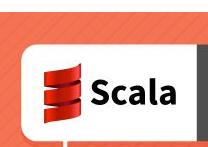
Python is a high-level interpretive, compulsive, interactive, and object-oriented scripting language. Python's design is very readable, it uses English keywords more often than other languages, and some punctuation marks in other languages, it has a more distinctive grammatical structure than other languages.
Advantages and disadvantages of pythonThe advantages of the python language
1, as a beginner to learn Python's class, Xiaobai, python is very simple, very suitable for human reading. Reading a good Python program feels like reading English, even though this English requirement is very strict! This pseudo-code nature of Python is one of its greatest strengths. It allows you to focus on solving problems rather than figuring out the language itself.
2, easy to learn. Although Python is written in C language, it eliminates the very complicated pointers in c and simplifies the syntax of Python.
3. Python is one of FLOSS (free/open source software). Simply put, you are free to publish a copy of the software, read its source code, make changes to it, and use part of it for new free software. Python wants to see a better person create and improve often.
4, portability -- due to its open source nature, Python has been ported to many platforms (modified to enable it to work on different platforms). If you carefully avoid using system-dependent features, then all your Python programs can run on any of the platforms described below without modification. These platforms include Linux, Windows, FreeBSD, Macintosh, Solaris, OS/2, Amiga, AROS, AS/400, BeOS, OS/390, z/OS, Palm OS, QNX, VMS, Psion, Acom RISC OS, VxWorks, PlayStation, Sharp Zaurus, Windows CE and even PocketPC, Symbian and Google Android-based Android platform!
5. Inside the computer, the Python interpreter converts the source code into an intermediate form called bytecode, which is then translated into the machine language used by the computer and runs. In fact, since you no longer have to worry about how to compile the program, how to ensure that the connection reloads the correct library, etc., all of this makes using Python much simpler. Since you only need to copy your Python program to another computer, it will work, which makes your Python program easier to port.
6. Python supports both process-oriented function programming and object-oriented abstract programming. In a process-oriented language, programs are built from procedures or functions that are just reusable code. In an object-oriented language, a program is built from objects that combine data and functionality. Compared to other major languages ​​such as C++ and Java, Python implements object-oriented programming in a very powerful and simple way.
7. Scalability and embeddability. If you need a piece of critical code to run faster or if you want some algorithms to be undisclosed, you can write some of your programs in C or C++ and use them in your Python program. You can embed Python in your C/C++ program to provide scripting functionality to your program users.
8, a rich library. The Python standard library is really huge. Python has a definable third-party library that you can use. It can help you with a variety of tasks, including regular expressions, document generation, unit testing, threads, databases, web browsers, CGI, FTP, email, XML, XML-RPC, HTML, WAV files, password systems, GUIs. (Graphical User Interface), Tk, and other system-related operations. Remember that all of these features are available as long as Python is installed. This is called Python's "full-featured" philosophy. In addition to the standard library, there are many other high-quality libraries, such as wxPython, Twisted, and Python image libraries.
9, Python is indeed a very exciting and powerful language. It combines high performance with features that make writing programs simple and fun.
10. Specification code. Python uses forced indentation to make the code extremely readable.
Shortcomings of the python language
Many times you can't write a program as a line, such as import sys; for i in sys.path:print i. Perl and awk do not have this limitation. It is convenient to complete a simple program in the shell. It is not necessary to write a program to a .py file as in Python. (This is not a limitation for many users)
(1) Running speed, if there is speed requirement, rewrite the key part with C++. However, for the user, the speed of the machine is negligible. Because the user simply can't feel the difference in speed.
(2) Both advantages and disadvantages. Python's open source is that the Python language cannot be encrypted. However, the domestic market is only selling software to customers less and less. Websites and mobile applications do not need to give customers source code, so this problem is a problem. It is. Over time, many domestic software companies, especially game companies, have begun to use it on a large scale.
(3) There are too many architectural choices (there is no official .net architecture like C#, nor is it relatively similar to ruby ​​due to its short history, and the relatively concentrated architecture development. Ruby on Rails architecture develops small and medium-sized web applications invincible). However, this also shows from another side that python is excellent, attracts more talents, and has more projects.
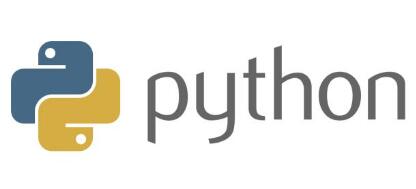
Which is better for scala and python? Next, Xiaobian based on the detailed analysis of the Spark environment to analyze the two languages, which one is better to see.
1, performance comparison
Since Scala is JVM-based data analysis and processing, Scala is 10 times faster than Python. Performance is mediocre when writing Python code and calling the Spark library, but if the program involves more processing than Python encoding, it is much slower than the Scala equivalent. The Python interpreter PyPy has a built-in JIT (timely) compiler, which is fast, but it does not provide support for various Python C extensions. In this case, the C extension CPython interpreter for the library is better than the PyPy interpreter.
The performance overhead of using Python in Spark outweighs Scala, but its importance depends on what you are doing. Scala is faster than Python when the number of cores is small. As the number of cores increases, Scala's performance advantage begins to shrink.
Performance is not the primary driver for programming languages ​​when dealing with a lot of work. However, performance is a major factor when there is important processing logic, and Scala definitely provides better performance than Python for Spark programs.
2, learning curve
There are several syntactic sugars when writing Spark programs in Scala, so big data professionals need to be very careful when learning Spark. Programmers may find that Scala syntax can sometimes be maddening. Some libraries in Scala have difficulty defining random symbol operators, which can be understood by inexperienced programmers. When using Scala, developers need to pay attention to the readability of the code. Java or Python is a flexible, grammatically complex language compared to Scala. The demand for Scala developers is growing, as Big Data companies value efficient and robust developers who can master data analysis and processing in Spark.
Python is relatively easy to learn for Java programmers because of its syntax and standard libraries. However, Python is not an ideal choice for highly parallel and scalable systems like SoundCloud or Twitter.
Learning Scala enriches programmers' understanding of new abstractions in type systems, new functional programming features, and immutable data.
3, concurrency
The complex and diverse infrastructure of big data systems requires a programming language that has the ability to integrate multiple databases and services. In the big data ecosystem, Scala wins many asynchronous libraries and easy integration of various concurrency primitives in the Play framework, such as Akka. Scala enables developers to write efficient, readable, and maintainable services instead. In contrast, heavyweight processes that Python does not support are parallel when using uWSGI, but it does not support true multithreading.
When writing a Spark program in Python, no matter how many threads the process has, only one CPU is active in the Python process at a time. This helps each CPU core process only one process, but what's worse is that each time you deploy new code, you need to restart more processes and you need additional memory overhead. Scala is more efficient and easier to work with in these areas.

4, type safety
When programming in Spark, developers need to constantly recode code based on changing needs. Scala is a statically typed language, although it looks like a dynamically typed language because of its elegant type inference mechanism. As a statically typed language, Scala still provides a compiler to catch compile-time errors.
Refactoring code in a statically typed language like Scala is much easier and simpler than refactoring dynamic language code like Python. Developers often have difficulty fixing Python code because it causes more bugs than the original bugs in the fix. So it's best to use Scala slowly and safely instead of using Python quickly and deadly.
For small special experiments, Python is an effective choice, but it does not scale as effectively as a static language into large software projects.
5, ease of use
The Scala and Python languages ​​have the same expression in Sparkcontext, so you can do what you need by using Scala or Python. Either way, the programmer creates a Sparkcontext and calls the function. Python is a more user-friendly language than Scala. Python is not so long, and developers can easily write scripts in Python to call Spark. Ease of use is a subjective factor because it depends on the programmer's personal preferences.
6, advanced features
The Scala programming language has several existential types, macros, and implicit types. Scala's obscure grammar can be difficult to experiment with advanced features that developers may not understand. However, Scala's strength lies in the use of these powerful features in important frameworks and libraries.
Having said that, Scala does not have enough data science tools and libraries, such as Python for machine learning and natural language processing. Sparkmlib – Machine Learning Library has fewer ML algorithms but they are ideal for big data processing. Scala lacks good visualization and local data conversion. Scala is undoubtedly the best choice for Spark streaming features, because Python calls Spark.streaming via pySpark without being as advanced and mature as Scala.
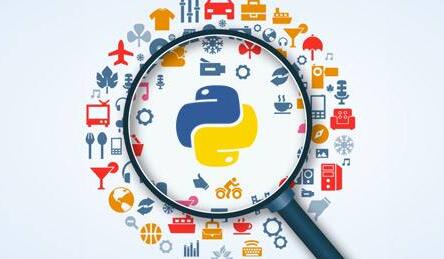
to sum up
“Scala is faster, easier to use but hard to get started with, while Python is slower, but it's easy to use.â€
The Spark framework is written in Scala, so understanding the Scala programming language helps big data developers easily mine the source code if certain features don't work as expected. Using Python increases the possibility of more problems and bugs because the conversion between 2 different languages ​​is difficult. Use Scala for Spark to provide access to the latest features of the Spark framework, as they are first available in Scala and then ported to Python.
According to Spark, Scala and Python depend on the characteristics that best suit the needs of the project, because each language has its own advantages and disadvantages. Before using the Apache Spark programming language, developers must learn Scala and Python to familiarize themselves with their features. After learning Python and Scala, it's fairly easy to decide when to use Scala to Spark and when to use Python to call Spark. The choice of the Apache Spark programming language depends entirely on the problem to be solved.
BIOTEPT Single Phase Resilient Base Motors, resilient (cradle) mounted, capacitor start-type, ball bearing motors for fan and blower service. Moderate starting torque electrical design to reduce stress on fan blades during start-up. Capacitor-type design has higher energy efficiency rating than split phase, single phase fan and blower motors. Suitable for belt-driven fans or fan-on-shaft applications. Self-ventilated design, may be mounted outside of the fan`s airflow.
Single Phase Resilient Base Motors for use where water and dust exposure is minimal. Ideally suited for use on pumps, compressors, blowers, fans, and belted applications.
Include:
DRIP-PROOF ODP • SINGLE PHASE RESILIENT BASE
TEFC • SINGLE PHASE RESILIENT BASE
PREMIUM EFFICIENCY FAN MOTORS
DRIP-PROOF • SINGLE PHASE
RESILIENT BASE
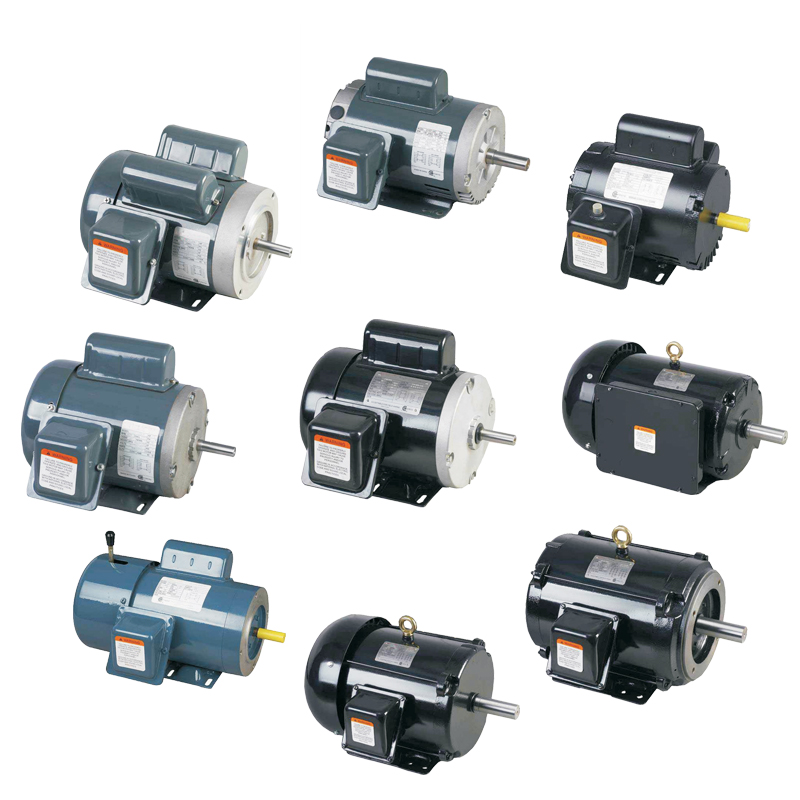

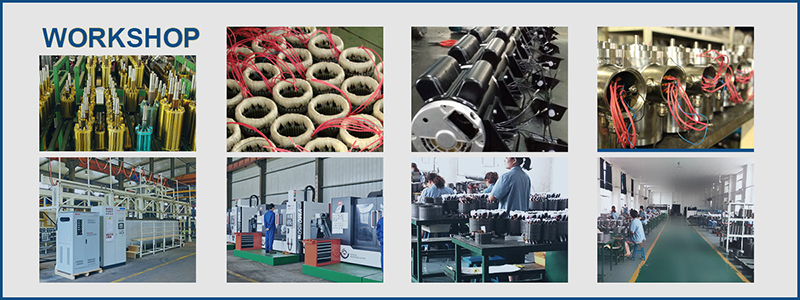
Resilient Base Motor,Single Phase Resilient Base Motors,Plit Phase Resilient Base Motor,Odp Resilient Base Motor
Ningbo Biote Mechanical Electrical Co.,Ltd , https://www.biotept.com
